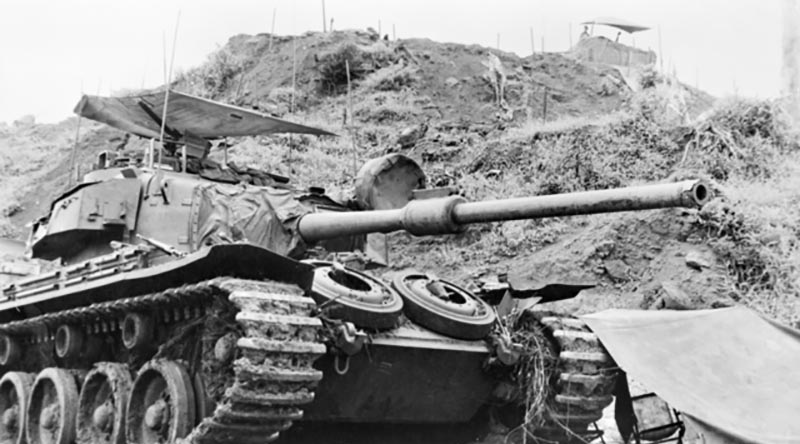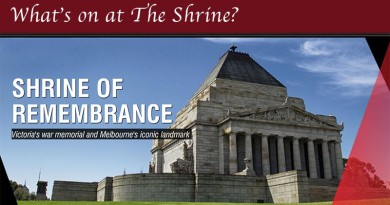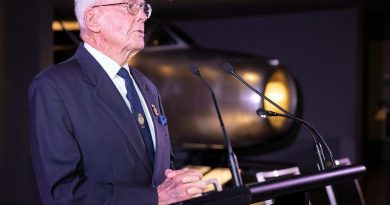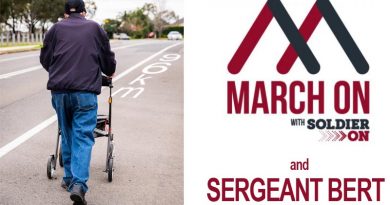The Plight of Australia’s Military: Its Armour at least
Share the post "The Plight of Australia’s Military: Its Armour at least"

The Plight of Australia’s Military was the title of an email to me from Professor Geoffrey Blainey, AC, arguably Australia’s foremost historian. I had written to him to offer my congratulations of an article he wrote for the Weekend Australian, ‘We were better prepared for war in 1914 than we are now’.
In his response he said: “Your observations were fascinating: so much was new to me. I would have tried to use several of your examples of folly if by chance your letter had arrived earlier. I may be able to use them later on”.
What examples of folly did I provide?
Two … one from Vietnam and one from today, both illustrating a misunderstanding of the role of armour.
By way of contrast, I described the situation in Australia in 1941.
(1) A number of us who served during the Vietnam War are staggered at how mistakes made then, are being repeated today (though I daresay it wouldn’t be a shock to you). Initially, there was opposition on the part of both the US and Australia to the deployment of tanks (Westmoreland’s ‘no tanks in the jungle’ philosophy). When the need became apparent, Australia decided to send only half a squadron, on the basis of ‘If we’re going to make a mistake, let’s only make half a one’. The war ended with a full squadron providing intimate fire support for infantry, on all operations.
(2) The importance of armoured vehicles in terms of Australia’s defence was well recognised in 1941. The threat from Japan saw the Australian Armoured Corps (AAC) reorganised on the basis of three armoured divisions, plus a tank brigade (each division comprising three armoured regiments, three motor regiments and an armoured-car regiment – 12 tank regiments in all). Mobile warfare was undoubtedly at the heart of the nation’s defence at this time.
(3) Recently, the Defence Strategic Review specified that an armoured brigade was to be located in Townsville. Usually, the key units would be a tank regiment, a cavalry (reconnaissance) regiment, and a mechanised infantry battalion. Even though this is “probably the world’s most perilous time since the end of the Cold War in 1990”, Army decided that two armoured squadrons and a battlegroup HQ, could be scrapped from the brigade’s strength. The loss of these manoeuvre units significantly weakens 3 Brigade’s combat power.
The Government’s response to the DSR confirmed that an armoured brigade was to be based in Townsville. That was nineteen months ago and the brigade’s still not complete. Why? The Chief of Army scrapped 1 Armd Regt of all its tanks, because he wanted a unit to manage new and emerging technologies. Furthermore, he wanted a unit which could get up to speed quickly in its new role. Other armies had been working in this space for some time and in many respects, it was a matter of us ‘catching up’.
3 Brigade’s lack of combat power won’t be resolved until 1 Armd Regt is returned to its combat role.
One has to wonder if, by then, Professor Blainey might have drawn on the above examples of folly for a new article in the Weekend Australian.
Lieutenant Colonel Bruce Cameron, MC, RAAC (Ret’d)
FILE PHOTO (AWM P07256.031): An Australian Centurion Mk V/1 tank of the 1st Armoured Regiment, Royal Australian Armoured Corps, guarding the approaches to the 1 Australian Task Force base located at Courtenay Hill. A hootchie has been set up over the turret as a sun screen and a sand bagged observation post is visible on the hill top. Photo by Brian Wood.
.
.

.
.
Share the post "The Plight of Australia’s Military: Its Armour at least"





